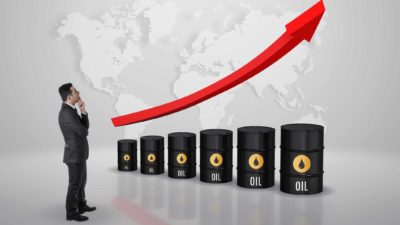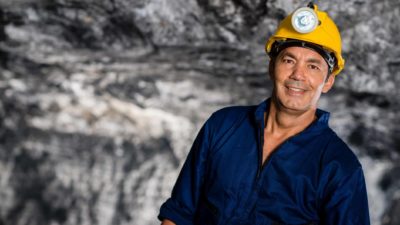Several ASX uranium shares are smashing decade-high prices, and in some cases all-time records, after the nuclear energy commodity price surged overnight.
Trading Economics reports a 1.65% lift in the uranium price to US$92.50 per pound, the highest level in 16 years.
However, independent broker Numerco is reporting even higher numbers. According to its website, Numerco fielded uranium trades between US$98 per pound and US$102 per pound last night.
The S&P/ASX 200 Energy Index (ASX: XEJ) is leading the 11 market sectors on Friday with a 0.81% gain.
The S&P/ASX 200 Index (ASX: XJO) is down 0.15%.
Let's take a look at which ASX uranium shares have reset their highs today.
These ASX uranium shares just hit new highs
Boss Energy Ltd (ASX: BOE) was the best performing ASX 200 energy share of 2023. Today, the Boss Energy share price charged 7% higher to reach a new all-time peak value of $5.19.
The largest ASX uranium share by market capitalisation is Paladin Energy Ltd (ASX: PDN). Today, the Paladin Energy share price soared 6.7% to $1.27 — its highest price since 2012.
The Bannerman Energy Ltd (ASX: BMN) share price lifted by 5.6% to reach $3.38 — its highest price since 2011.
ASX uranium exchange-traded funds (ETFs) are also doing well today.
The Betashares Global Uranium ETF (ASX: URNM) has only been trading since June 2022. Today, it reached an all-time record high price of $9.90, up 4.3%.
Many countries are embracing nuclear energy as part of decarbonisation and the green energy transition.
Reflecting this trend is the tripling of the uranium price in just three years. At today's price levels, many uranium mines that had been on 'care and maintenance' for years due to lack of profitability are now reopening.
In January 2021, the uranium price was just US$30 per pound.
What's next for uranium?
Trading Economics provides this market analysis:
Volatile fossil fuel prices and ambitious decarbonisation goals drove the US and 20 other countries to announce that their nuclear power will be tripled by 2050.
The large bets on nuclear energy are led by China, which is building 22 of 58 global reactors, while Japan restarted projects to increase nuclear power output, and a new reactor in Finland marked Europe's first new facility in 16 years.
Consequently, utilities signed contracts for 160 million pounds of U3O8 in 2023, the most since 2012.
The developments were met with increasing threats to supply. Western utilities continued to voluntarily shun Russian uranium imports due to its invasion of Ukraine, while US officials moved closer to outright banning imports from the world's top producer of nuclear fuel.









